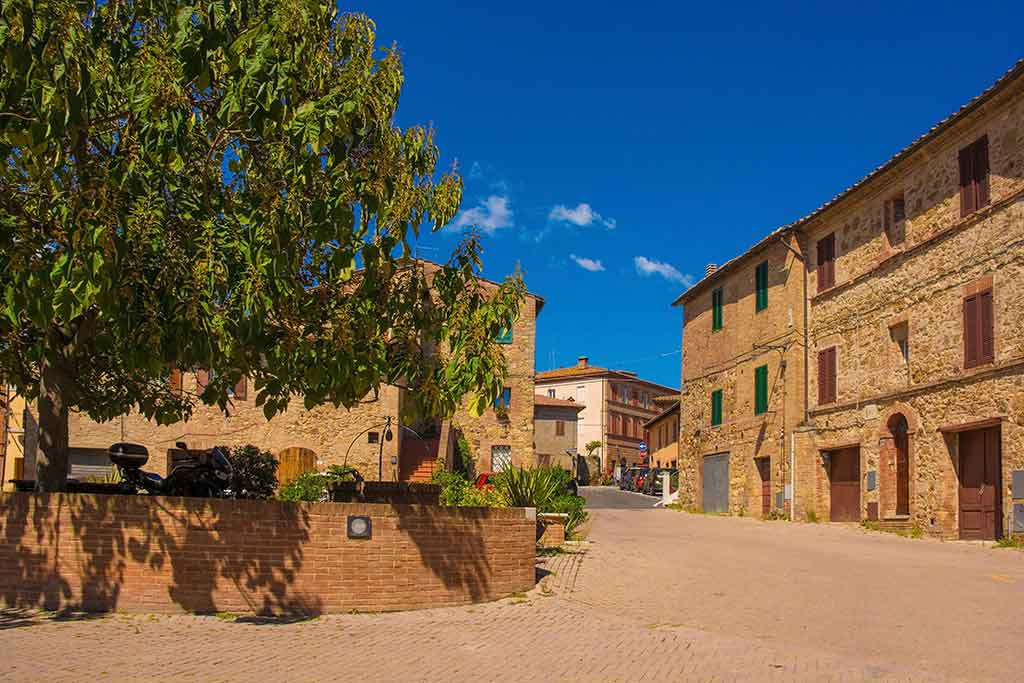
On this trip to Tuscany, I am interested in the archaeological area of Poggio Civitate. Here there are finds of architecture dating back to the extruscan era. The Etruscans have populated Murlo since the 7th century BC. In this archaeological complex, various excavation campaigns to which, among others, collaborates the University of Massachusetts Amherst, brought to light the remains of two important buildings, one oriental and the other archaic, as well as a great deal of objects in ivory, bone, ceramic, bronze and alabaster, all preserved in the Civic Archaeological Museum of Murlo. The Museum is also home to an important laboratory of archaeometrics and experimental archaeology, highly esteemed by foreign researchers. The Antiquarium of Poggio Civitate, on top of a hill in front of the Castle of Murlo, collects the materials recovered from the excavations of the Etruscan buildings of Poggio Civitate. It was the scholar Ranuccio Bandinelli who had the intuition that an Etruscan 'treasure' was hidden in this area. The excavations demonstrated the validity of his idea, with one of the most important discoveries of Etruscan civilization. One of the most interesting testimonies is the reconstruction of an Etruscan roof with tiles equipped with drippers, with terracotta statues of human size that adorned the roof itself and between this is the famous' Chapel 'that has become the symbol of Murlo.
This guide has been translated automatically through a third party service. Visititaly offers these automatic translations to help site visitors, however the automatic translations may contain inaccuracies, errors or inaccuracies. You can contact us to report inaccuracies or errors and we will check the translation.